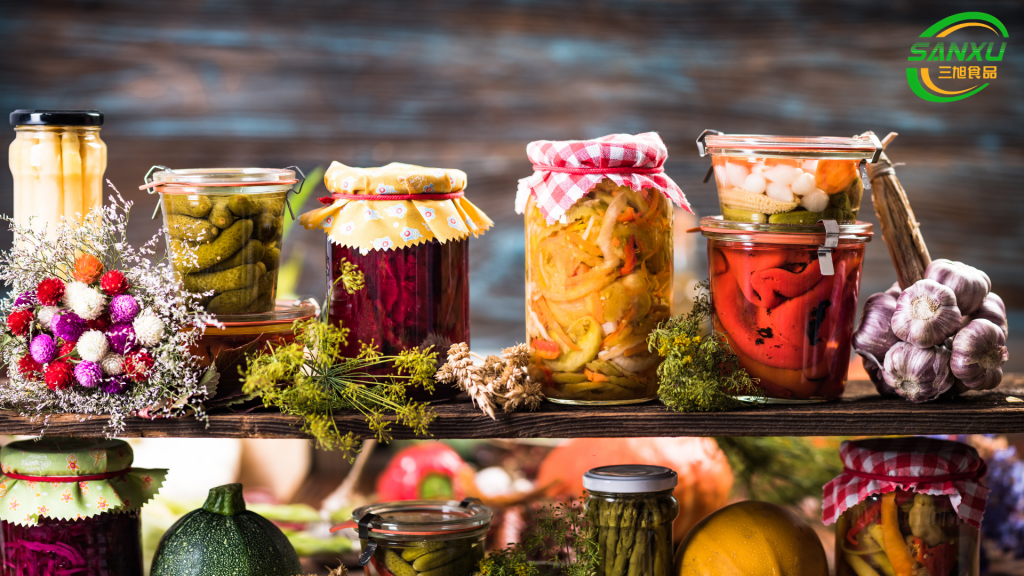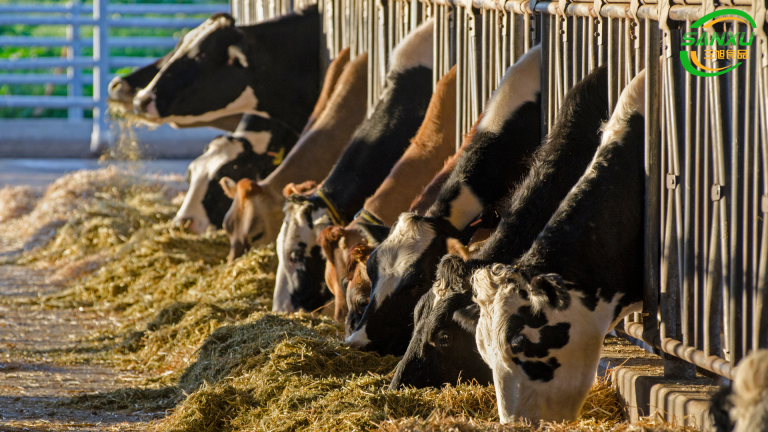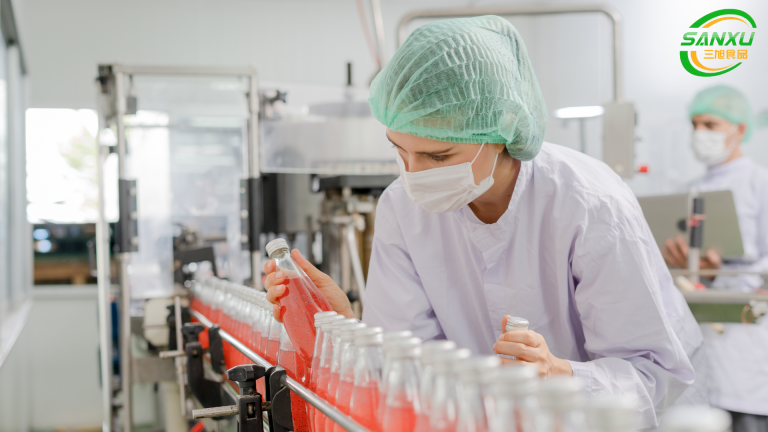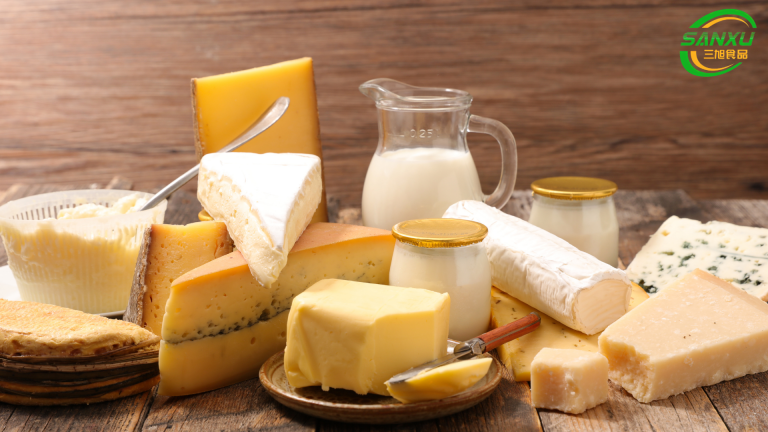Whatsapp:+8613375668511 Email: [email protected]
what is the Functions of Preservation?
Preservation is the process of extending the shelf life of food, preventing spoilage caused by microorganisms, enzymes, or chemical reactions. The functions of preservation are vital to maintain the quality, safety, and nutritional value of food products. Here are some key functions of preservation:

1. **Inhibition of Microbial Growth**:
– Prevents the growth of bacteria, yeasts, molds, and other microorganisms that cause food spoilage and can lead to foodborne illnesses.
2. **Slowing Down Oxidation**:
– Reduces the oxidation of fats and oils, which can lead to rancidity and off-flavors.
3. **Inactivation of Enzymes**:
– Deactivates enzymes that can break down food components, such as proteins and carbohydrates, leading to a loss of quality.
4. **Control of Moisture**:
– Regulates the moisture content in food, which can affect the growth of microorganisms and the overall texture.
5. **Prevention of Chemical Changes**:
– Stops or slows down chemical reactions that can cause food to spoil or lose its nutritional value.
6. **Protection from Physical Deterioration**:
– Preserves the physical structure and appearance of food, preventing changes such as wilting, shrinking, or caking.
7. **Nutritional Conservation**:
– Maintains the nutritional value of food by preventing the loss of vitamins, minerals, and other nutrients.
8. **Enhancement of Food Safety**:
– Reduces the risk of foodborne illnesses by controlling the growth of harmful microorganisms.

9. **Improvement of Texture and Flavor**:
– Preserves the desirable texture and flavor of food, preventing changes that can occur over time.
10. **Control of Spoilage Odors**:
– Prevents the development of off-odors that can occur as food spoils.
11. **Regulation of pH**:
– Maintains a stable pH level, which can affect the growth of microorganisms and the overall quality of food.
12. **Inhibition of Browning**:
– Prevents enzymatic browning (such as on cut fruits and vegetables), which can affect the appearance and taste.
13. **Control of Crystallization**:
– Prevents the crystallization of sugars in confections and baked goods, maintaining a desirable texture.
14. **Prolongation of Shelf Life**:
– Extends the time during which food remains safe, palatable, and marketable.
15. **Facilitation of Transportation and Storage**:
– Allows food to be transported and stored for longer periods without spoilage.
16. **Reduction of Food Waste**:
– By extending the shelf life, preservation helps reduce the amount of food that is wasted due to spoilage.
Preservation can be achieved through various methods, including refrigeration, freezing, drying, canning, smoking, curing, pickling, and the use of preservatives. Each method has its advantages and is suitable for different types of food products. The choice of preservation method depends on factors such as the type of food, desired shelf life, and consumer preferences.




